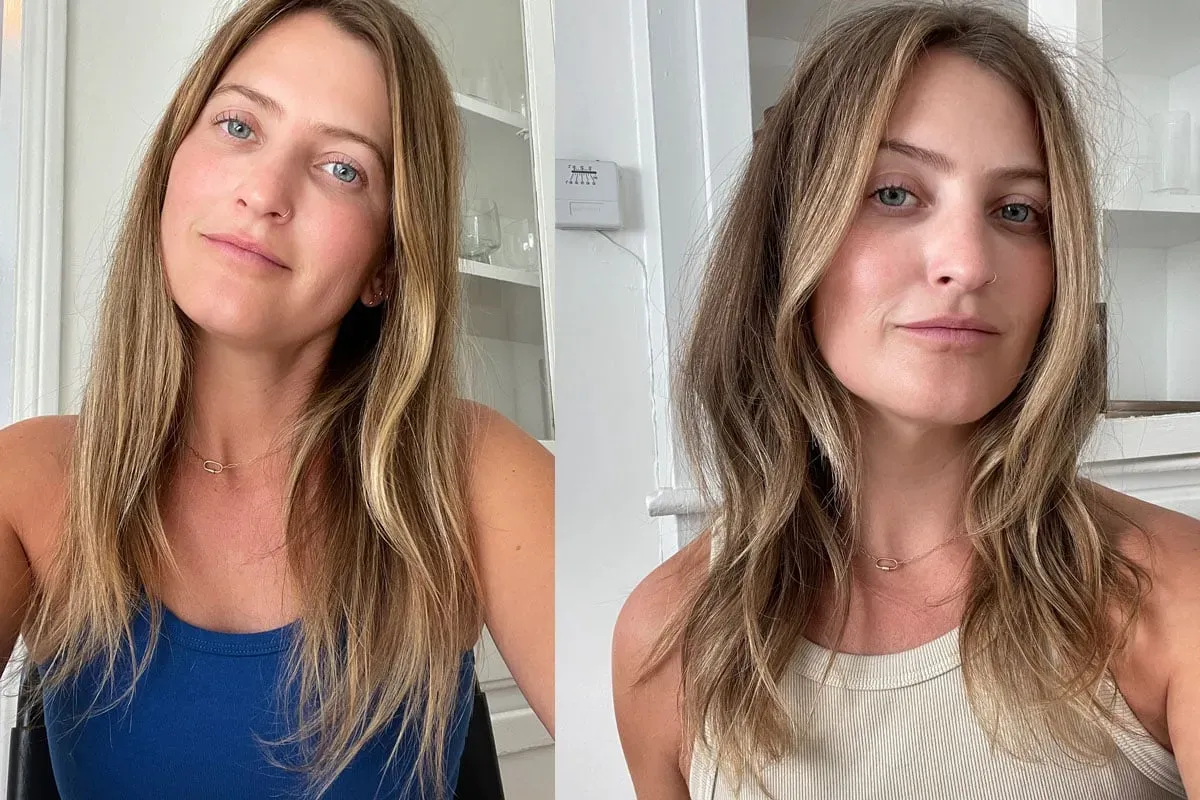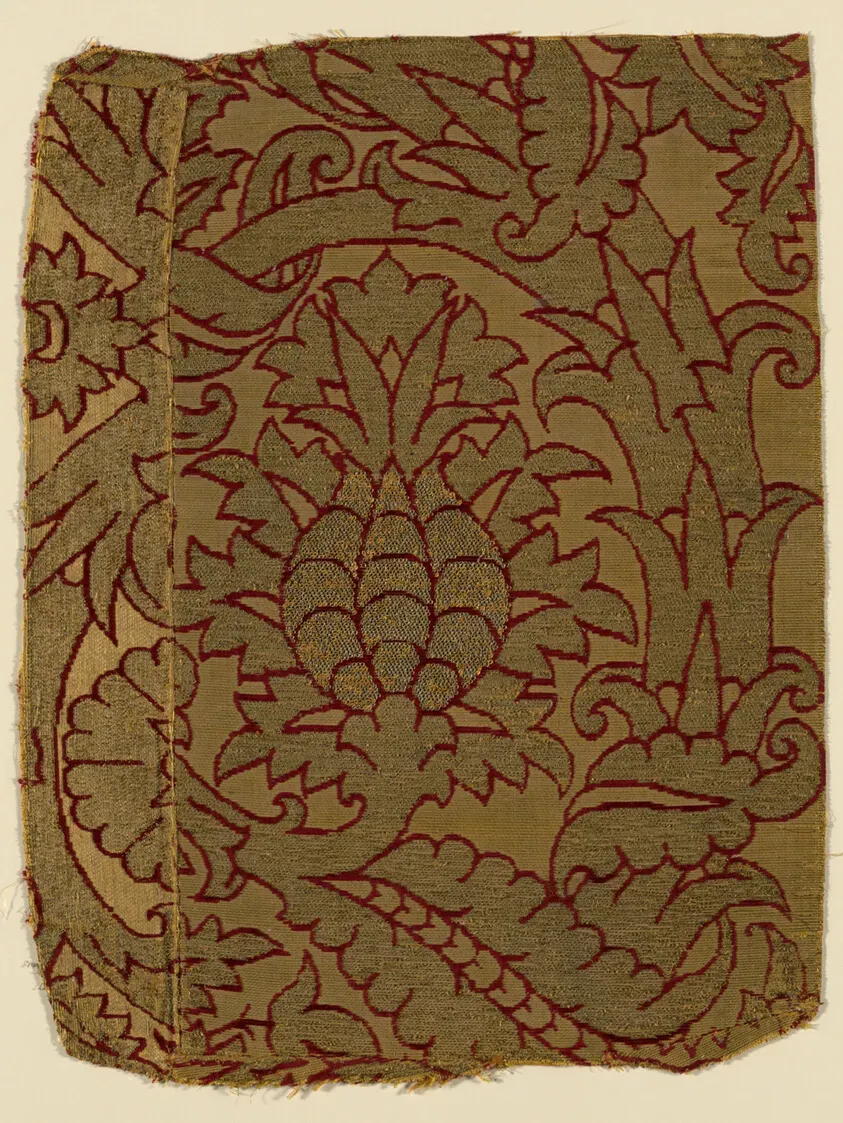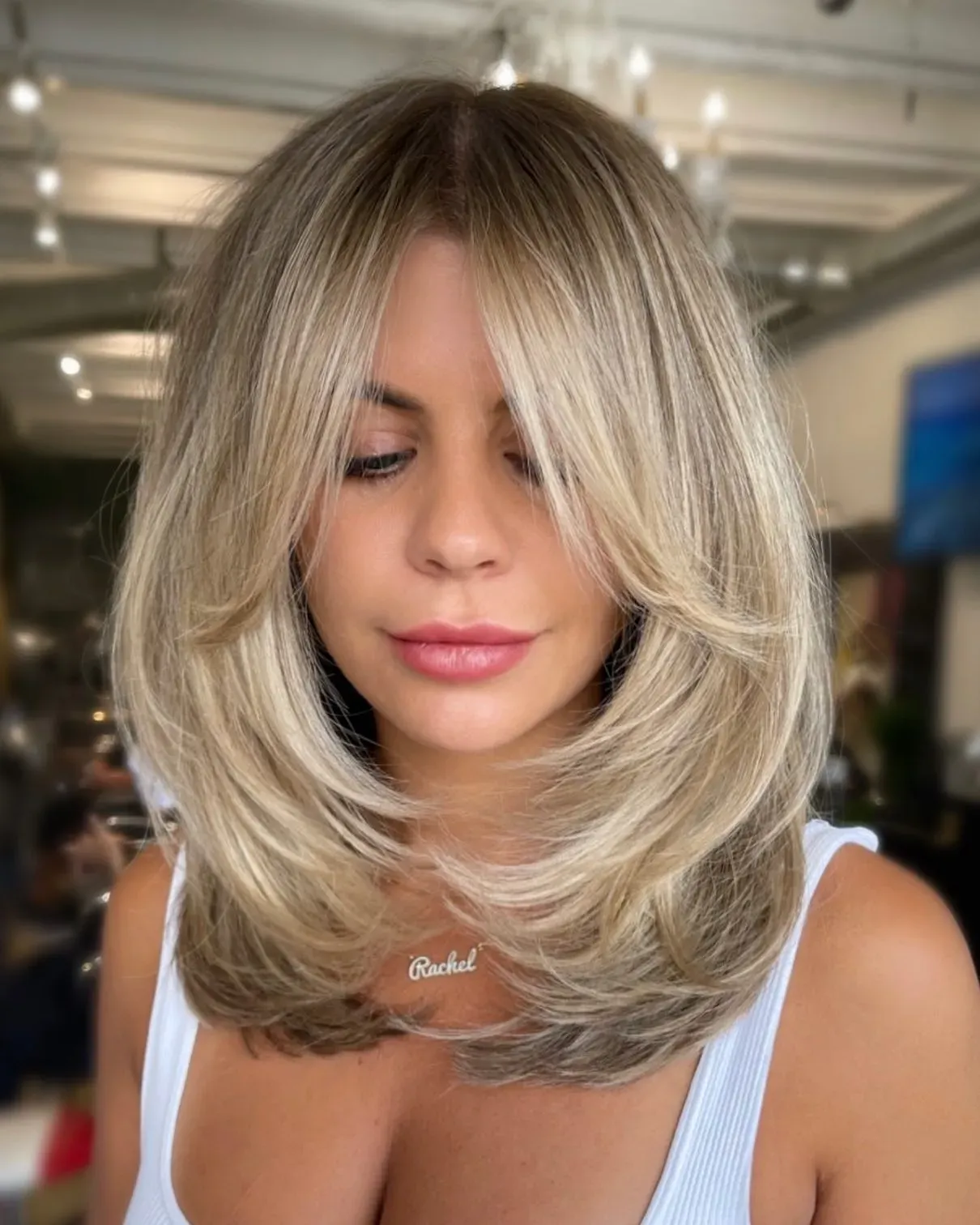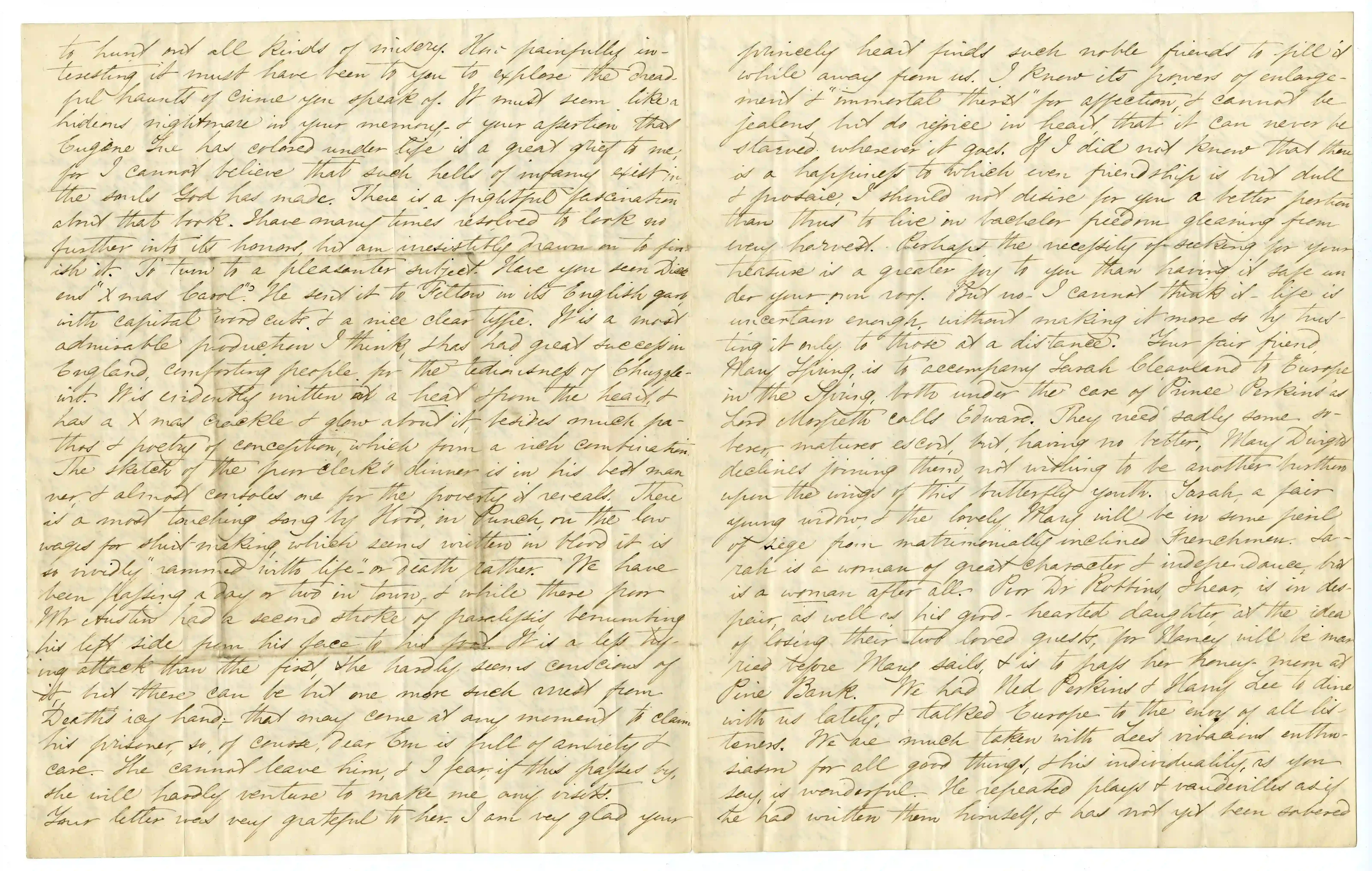Table of Contents
Alright, let's talk about the never-ending quest for volume when your hair feels, well, a bit... lacklustre. You want movement, you want bounce, but the thought of chopping off serious length sends shivers down your spine. Sound familiar? For a while now, there's been buzz around the butterfly cut, promising layers that create lift and body while keeping that longer look intact. It sounds like the dream, right? Especially if you're dealing with fine hair that tends to lie flat. But here’s the million-dollar question: is the butterfly cut for fine hair actually the miracle worker everyone claims? Or is it just another trend that falls flat (pun intended) on thinner strands? We're diving into the reality of this popular style, breaking down what it is, who it really works for, and how to make it work for you if you've got fine hair. Forget the Instagram hype for a second, and let's get down to what truly matters for your hair.
So What Exactly is a Butterfly Cut Anyway?

So What Exactly is a Butterfly Cut Anyway?
so picture this: you want layers that give you volume and shape around your face, like those gorgeous curtain bangs everyone loves, but you also want to keep the length in the back. That's essentially the core idea behind the butterfly cut. Think of it as two haircuts blended into one. You've got shorter, often dramatic, face-framing layers that hit around the chin or collarbone – these are the 'wings' that give it that fluttery look and create a ton of movement right where you see it. Then, you have longer layers throughout the back that blend seamlessly, keeping that overall length you cherish. The magic is in how these layers work together; the shorter ones provide lift and body, especially around the crown and face, while the longer ones maintain the illusion of a full, long mane. It’s designed to look effortless and bouncy, like your hair just naturally falls that way.
The Big Question: Can Fine Hair Handle a Butterfly Cut?

The Big Question: Can Fine Hair Handle a Butterfly Cut?
The Reality Check for Fine Strands
let's cut to the chase because the internet gives you a million conflicting answers on this one. Can fine hair actually pull off a butterfly cut? The honest answer is: it's complicated, and often, it's a hard no if not done correctly. Fine hair already lacks density, meaning you don't have a lot of individual strands. Traditional, aggressive layering, which is key to many layered cuts, can make fine hair look even thinner and stringy, especially towards the ends. Those shorter face-framing pieces, the 'wings' that are supposed to add volume, can sometimes just look sad and sparse if there isn't enough hair there to support them. Instead of bouncy layers, you can end up with wispy bits that just disappear. It's not the effortless volume dream; it can quickly turn into a flat, disjointed mess.
Think about it: the butterfly cut relies on creating distinct sections of varying lengths to build shape and movement. On thicker hair, you can chop away and still have plenty left to create body. On fine hair, every snip counts, and taking too much length from those face-framing sections or layering too high up can leave the rest of your hair looking incredibly thin by comparison. It's a delicate balance, and many stylists aren't trained to adapt this specific cut for lower density. You might walk out feeling like half your hair is gone, with the remaining length looking even thinner than before. So, while the idea of a butterfly cut for fine hair is appealing, the execution is everything, and the risk of it looking underwhelming or even detrimental is real.
Here's what often happens with a butterfly cut on fine hair:
- Ends look thinner, not fuller.
- Face-framing layers can appear sparse.
- The cut can lack cohesion, looking like two different styles.
- Volume boost is minimal or non-existent.
- Styling becomes more difficult to hide the lack of density.
Making the Butterfly Cut Work (Maybe)
Now, before you abandon all hope, it's not entirely impossible to get a version of the butterfly cut for fine hair that actually looks decent. The key lies in modification and finding a stylist who truly understands fine hair. You can't just ask for a standard butterfly cut; that's like asking for a monster truck when you need a compact car. The layers need to be fewer, longer, and strategically placed. Instead of dramatic, disconnected face-framing layers, your stylist should focus on softer, longer layers that blend more seamlessly into the length. The shortest layers should likely hit no higher than the collarbone or even longer, just enough to create a subtle lift around the face without sacrificing precious density.
It's less about creating distinct 'wings' and more about adding invisible support and movement. The layering in the back needs to be minimal, often just long internal layers to prevent the bottom from looking too thin compared to the top. Think of it as a 'whisper' of a butterfly cut, not the full-blown, dramatic version you see on hair with more natural body. It requires a stylist with precision and a conservative approach to layering fine hair. They need to assess your specific hair density, texture, and how much hair you can realistically spare for layers without it looking thin. It's a custom job, not a one-size-fits-all cut.
Getting the Best Butterfly Cut for Fine Hair: What Your Stylist Needs to Know

Getting the Best Butterfly Cut for Fine Hair: What Your Stylist Needs to Know
so you’ve decided you still want to try for a version of the butterfly cut for fine hair. Smart move is talking to your stylist, but not just any stylist. Find one who actually gets fine hair, not just chops layers into everything they see. When you sit in that chair, you need to be crystal clear. Explain that you love the *idea* of the butterfly cut – the face-framing, the movement – but you know your hair is fine and density is an issue. Tell them you don't want aggressive, short layers that will make your ends look see-through. Ask specifically for longer, softer layers that blend seamlessly, maybe starting no higher than your collarbone. Emphasize that maintaining weight and density at the ends is crucial. You're essentially asking for a *fine-hair friendly interpretation* of the butterfly cut, which means less is definitely more when it comes to the scissors. Bring pictures, but also be realistic; the super voluminous versions you see online are likely not achievable without extensions or a different hair type.
Styling Your Butterfly Cut for Maximum Volume

Styling Your Butterfly Cut for Maximum Volume
Prep is Key: It Starts in the Shower
so you've got your modified butterfly cut for fine hair. Now, how do you make those layers actually *do* something besides just hang there? It starts before you even pick up a brush. Fine hair gets weighed down easily, right? So, ditch the heavy, creamy shampoos and conditioners. Look for volumizing or clarifying options. Condition just the ends, seriously. Leaving conditioner anywhere near your roots is a recipe for flat disaster. After you towel dry (gently, no rough rubbing!), apply a lightweight volumizing spray or mousse specifically designed for fine hair at the roots and mid-lengths. Don't go crazy; too much product is worse than none. Think of it as building a foundation; you need something light and airy, not concrete.
Blow Dry Like a Pro (or at Least Look Like One)
This is where you really activate those layers and get some lift. For the face-framing sections, grab a medium-sized round brush. Blow dry those pieces forward and up, creating tension at the root and curling the ends slightly away from your face. This is your chance to really make those 'wings' pop, even if they're longer. For the rest of your hair, flip your head upside down. Seriously. It feels silly, but blow drying your roots against gravity is one of the oldest and best tricks for instant volume on fine hair. Blast the roots until they're mostly dry, using your fingers to lift and separate. Once about 80% dry, flip back over and use the round brush on the longer layers if you want a smoother finish, but always keep the air flow directed upwards at the root.
Essential Styling Tools & Products:
- Lightweight volumizing spray or mousse
- Heat protectant spray (non-greasy formula)
- Medium round brush
- Blow dryer with a nozzle attachment
- Texturizing spray or powder
- Dry shampoo (for root lift on second-day hair)
Finishing Touches and What to Avoid
You've blow-dried, you've got some semblance of lift. Now, lock it in. A light mist of flexible hold hairspray can help, but again, avoid anything heavy or sticky. For extra texture and root lift, especially on those face-framing layers, a texturizing spray or powder is your best friend. Spritz or tap a little at the roots and scrunch or massage it in. This adds grit and hold without weighing things down. Steer clear of heavy oils, serums, or waxes near the roots or on the finer ends – they will instantly kill any volume you've created. The goal is airy movement, not slicked-down shine. Remember, with fine hair and this cut, it’s about enhancing what little density you have and faking the rest with smart styling.
Real Talk: Does the Butterfly Cut Actually Work for Fine Hair?
Setting Expectations: It's Not a Miracle
let's be blunt. If you're scrolling through Instagram hoping the standard, super-layered butterfly cut is going to magically give your fine hair massive volume and body, you're likely going to be disappointed. This isn't some overnight transformation tool. The reality is, the fundamental structure of a traditional butterfly cut, with its distinct, often shorter face-framing layers and blended longer layers, relies on having enough hair density to create that stacked, voluminous effect. Fine hair simply lacks that baseline density. Trying to force a cut designed for thicker hair onto fine strands often results in a look that appears thin, stringy, and potentially highlights the very lack of volume you were trying to fix. It's like trying to build a grand castle with half the bricks; the structure just won't hold up the same way. You might get a faint resemblance, but it won't be the bouncy, full style you envisioned.
When It Can (Sort Of) Work: The Modified Approach
Now, that doesn't mean you have zero options if you love the *idea* of the butterfly cut for fine hair. It requires a significant pivot from the standard version. We're talking about a heavily modified approach. Think of it as a butterfly cut on a diet – fewer layers, much longer layers, and precision cutting to maintain as much weight as possible. Your stylist needs to be skilled in cutting fine hair specifically, understanding how to create the *illusion* of volume and movement without sacrificing density. This often means the shortest layers are barely shorter than the rest of the hair, perhaps starting closer to the jawline or collarbone, and the internal layering is minimal. It's less about dramatic contrast and more about subtle shaping. It's a bespoke tailoring job, not an off-the-rack purchase.
Key differences in a modified butterfly cut for fine hair:
- Fewer layers overall.
- Shortest layers are longer, often below the chin.
- Layers blend more seamlessly, less disconnected.
- Focus on maintaining weight at the ends.
- Requires precise, conservative cutting.
The Bottom Line: Manage Your Expectations (and Find the Right Stylist)
So, does the butterfly cut truly work for fine hair? In its original, popular form? Generally, no, not well. Can a *version* of it work? Possibly, but it demands realistic expectations, a highly skilled stylist who specializes in fine hair, and a commitment to specific styling techniques. You won't get the same dramatic volume as someone with thicker hair, and achieving even moderate lift will require effort with blow drying and products. For some, the risk of the ends looking thin outweighs the potential for slight face-framing. It's crucial to have an honest conversation with your stylist about what's genuinely achievable for your hair type and if a modified butterfly cut is the best path to your hair goals, or if another layered style might be a more reliable bet for adding volume without compromising density.
So, Is the Butterfly Cut Your Fine Hair Savior?
Alright, let's wrap this up. We've talked about the layers, the promise of volume, and the cold, hard truth that a butterfly cut for fine hair isn't some magic wand. It can absolutely add movement and the *illusion* of fullness, especially when styled right. But don't expect overnight Rapunzel volume if you're starting with delicate strands. It requires a skilled stylist who knows how to tailor the layers for your specific density and, frankly, some effort on your part with styling products and techniques. It's not a set-it-and-forget-it kind of deal. Think of it as a tool in your volume-boosting arsenal, not the entire solution. If you go in with realistic expectations and a good plan, you might just find it's a decent compromise between keeping your length and getting a bit more life into your look. If not, well, there are always other haircuts out there.